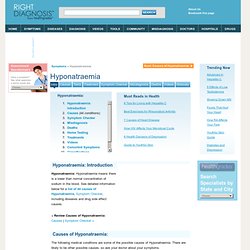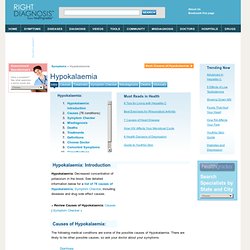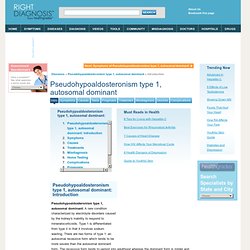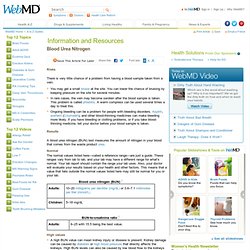

Consequences of Eating Disorders. Consequences of Eating Disorders According to the Eating Disorder Referral and Information Center: Eating disorders profoundly impact an individual's quality of life.

Self-image, relationships, physical well-being and day to day living are often adversely affected. Eating disorders are also often associated with mood disorders, anxiety disorders and personality disorders. Bullimia nervosa may be particularly associated with substance abuse problems. Medical issues: The process of starvation associated with Anorexia Nervosa can affect most organ systems. Self-induced vomiting can lead to swelling of salivary glands, electrolyte and mineral disturbances, and enamel erosion in teeth. Physical Dangers: Sometimes those suffering with Anorexia and Bulimia do not appear underweight — some may be of "average" weight, some may be slightly overweight, variations can be anywhere from extremely underweight to extremely overweight. Symptoms: Amennorrhea — loss of menstrual cycle. Anorexia nervosa. Anorexia nervosa is often coupled with a distorted self image[3][4] which may be maintained by various cognitive biases[5] that alter how the affected individual evaluates and thinks about their body, food, and eating.[6] People with anorexia nervosa often view themselves as overweight or "big" even when they are already underweight.[7] Anorexia nervosa most often has its onset in adolescence and is more prevalent among adolescent females than adolescent males.[8] While the majority of people with anorexia nervosa continue to feel hunger, they deny themselves all but very small quantities of food.[6] The average caloric intake of individuals with anorexia nervosa varies drastically depending both on whether the individual engages in binging and/or purging behavior, and if the individual has engaged in that behavior in the day in question.[9] Extreme cases of complete self-starvation are known.

Kidney abnormalities and Personality symptoms and Sunken eyes - Symptom Checker - check medical symptoms at RightDiagnosis. Kidney abnormalities and Mental problems and Sunken eyes - Symptom Checker - check medical symptoms at RightDiagnosis. Anorexia Nervosa Symptoms, Diagnosis, Treatments and Causes. Abdominal symptoms and Kidney abnormalities and Sunken eyes - Symptom Checker - check medical symptoms at RightDiagnosis. Endocrine symptoms and Kidney abnormalities and Sunken eyes - Symptom Checker - check medical symptoms at RightDiagnosis. Metabolic acidosis. Metabolic acidosis: Introduction Metabolic acidosis: metabolic acidosis is a process which if unchecked leads to acidemia (i.e. blood pH is low (less than 7.35) due to increased production of H+ by the body or the inability of the body to form bicarbonate (HCO3-) in the kidney.

See detailed information below for a list of 223 causes of Metabolic acidosis, Symptom Checker, including diseases and drug side effect causes. Misdiagnosis of Underlying Causes of Dehydration. Hyponatraemia. Hyponatraemia: Introduction Hyponatraemia: Hyponatraemia means there is a lower than normal concentration of sodium in the blood.

Hypokalaemia. Hypokalaemia: Introduction Hypokalaemia: Decreased concentration of potassium in the blood.

See detailed information below for a list of 78 causes of Hypokalaemia, Symptom Checker, including diseases and drug side effect causes. Adrenal hyperplasia Symptoms, Diagnosis, Treatments and Causes. Adrenal gland hypofunction Symptoms, Diagnosis, Treatments and Causes. Hypoaldosteronism Symptoms, Diagnosis, Treatments and Causes. Pseudohypoaldosteronism type 1, autosomal dominant Symptoms, Diagnosis, Treatments and Causes. Pseudohypoaldosteronism type 1, autosomal dominant: Introduction Pseudohypoaldosteronism type 1, autosomal dominant: A rare condition characterized by electrolyte disorders caused by the kidney's inability to respond to mineralocorticoids.

Type 1 is differentiated from type II in that it involves sodium wasting. There are two forms of type 1: an autosomal recessive form which tends to be more severe than the autosomal dominant form. The recessive form tends to persist into adulthood whereas the dominant form is milder and symptoms tend to improve with age. More detailed information about the symptoms, causes, and treatments of Pseudohypoaldosteronism type 1, autosomal dominant is available below. Total Serum Protein. Blood Urea Nitrogen. Why do I need to register or sign in for WebMD to save?

We will provide you with a dropdown of all your saved articles when you are registered and signed in. Risks There is very little chance of a problem from having a blood sample taken from a vein. You may get a small bruise at the site. You can lower the chance of bruising by keeping pressure on the site for several minutes. Results A blood urea nitrogen (BUN) test measures the amount of nitrogen in your blood that comes from the waste product urea. Normal The normal values listed here—called a reference range—are just a guide.
High values A high BUN value can mean kidney injury or disease is present. Low values A low BUN value may be caused by a diet very low in protein, malnutrition, or severe liver damage.